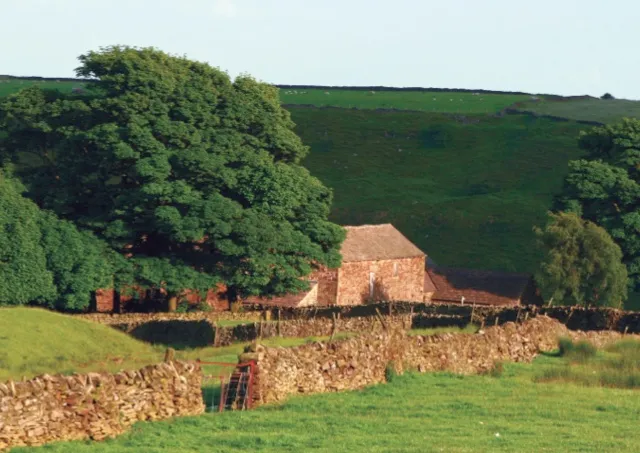There's a kind of macabre fascination in walking around Derbyshire's famed Plague Village of Eyam (pronounced 'Eem'), five miles north of Bakewell. Many of the gritstone cottages carry plaques announcing which villagers died there during the infamous Plague years of 1665-66. When the bubonic plague broke out, after an infected bundle of cloth was delivered from London to the local tailor, locals chose to isolate themselves rather than let infection spread. Families buried their own dead and boundary stones were placed on the outskirts of the villages - outsiders were warned to walk no further, and money was often left at these markers in exchange for food and provisions from the outside world. By the end of the outbreak, 260 villagers had died.
A visit to the Eyam Museum in Hawkhill Road is recommended to get the full background on the 17th-century 'visitation'. You should also take in the parish church of St Lawrence, with its book of plague victims, the Rev William Mompesson's chair, and the tomb of his wife Catherine, who died of the disease, in the churchyard, watched over by a venerable Saxon preaching cross.

